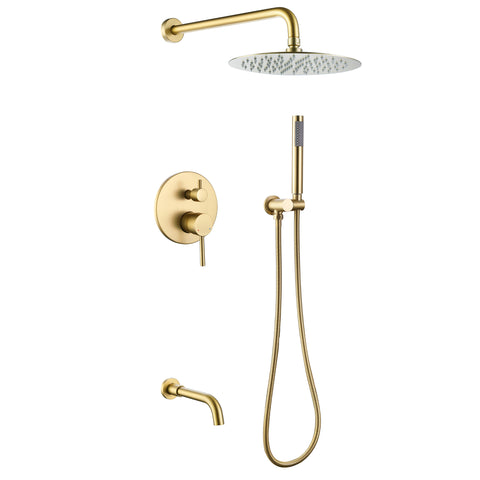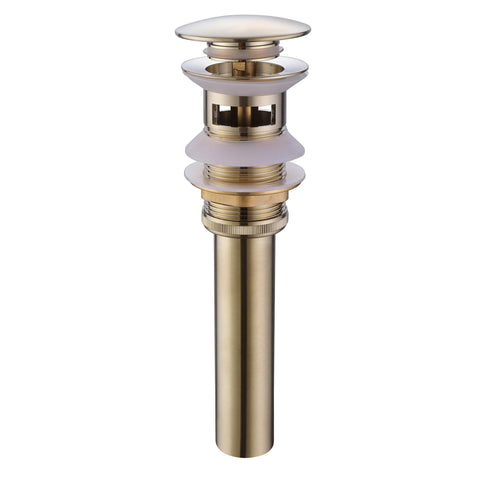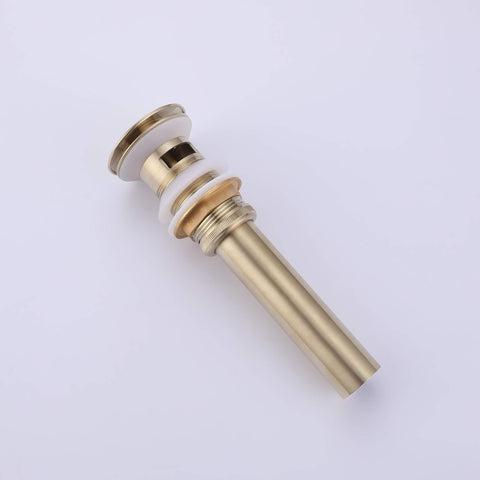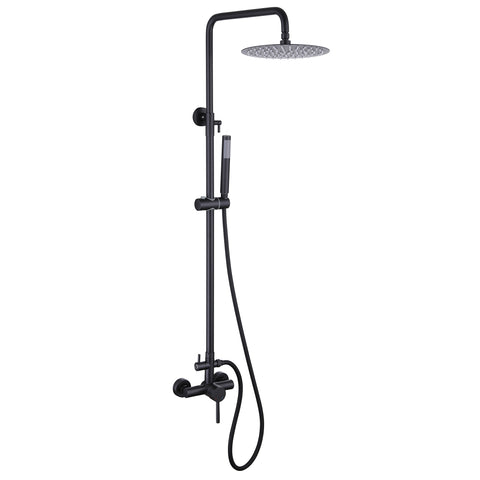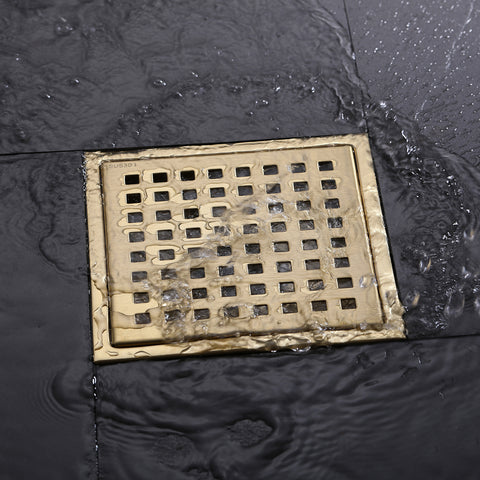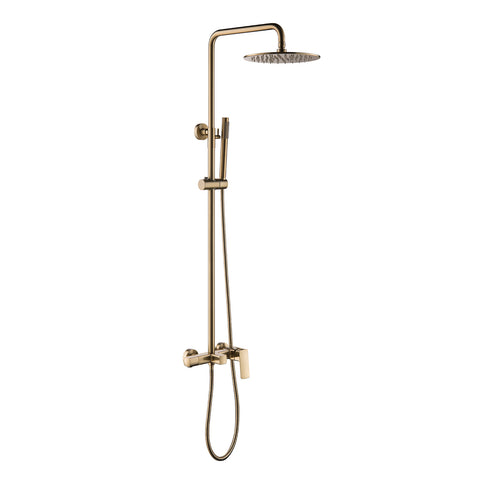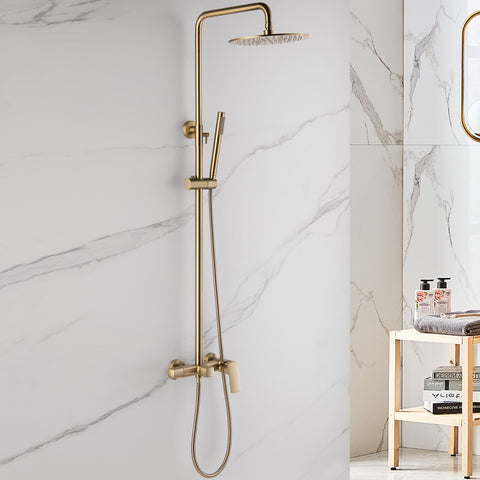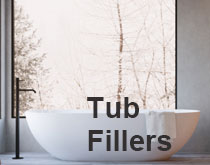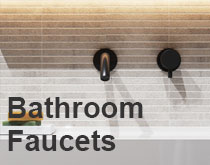The Ultimate Guide to Faucet Aerators: Why You Need One in Your Home
Water conservation is a growing concern worldwide, and one of the simplest yet most effective ways to reduce water usage at home is by installing a faucet aerator. This small but powerful device can help save water, improve water pressure, and enhance your overall sink experience. In this guide, we’ll explore what a faucet aerator is, how it works, and why you should consider adding one to your faucets.
What Is a Faucet Aerator?
A faucet aerator is a small attachment that screws onto the tip of a faucet. It contains a fine mesh screen or disk that mixes air with water, creating a smooth and consistent stream while reducing splashing. Aerators are commonly found in kitchen and bathroom sinks and are available in different flow rates and designs to suit various needs.
Benefits of Using a Faucet Aerator
- Water Conservation: By introducing air into the water flow, an aerator can cut water usage by up to 50%, making it an eco-friendly addition to any household.
- Improved Water Pressure: If you live in an area with low water pressure, a faucet aerator can enhance the perceived pressure by narrowing the water stream and maintaining a steady flow.
- Reduced Water Bills: Using less water leads to noticeable savings on monthly water bills.
- Minimized Splashing: Aerators smooth out the water flow, reducing splashes and making sink use more comfortable.
- Better Filtration: Some high-quality faucet aerators come with built-in filters that trap debris and impurities.
Types of Faucet Aerators
- Standard Aerators: Ideal for everyday use, providing a balanced mix of air and water.
- Low-Flow Aerators: Designed for maximum water conservation, typically reducing flow to 1.5 gallons per minute (GPM) or less.
- Swivel Aerators: These allow for adjustable water direction, making them perfect for kitchen sinks.
- Spray Aerators: Create a wider, spray-like flow, useful for tasks like washing vegetables or hands.
How to Choose the Right Faucet Aerator
- Thread Type: Check if your faucet has male or female threads to ensure compatibility.
- Flow Rate: Choose an aerator based on your desired water-saving level (e.g., 1.0 GPM for maximum conservation or 2.2 GPM for a stronger flow).
- Material Quality: Opt for stainless steel or brass aerators for durability and longevity.
- Special Features: Some aerators come with water filters or adjustable flow settings for added convenience.
How to Install a Faucet Aerator
- Unscrew the existing aerator (or tip of the faucet, if applicable).
- Clean the faucet threads to remove any debris or buildup.
- Screw on the new aerator by hand, ensuring a snug fit.
- Test the water flow and check for leaks—tighten if necessary.
Most aerators can be installed without tools, but if needed, a wrench or pliers can help tighten the fixture securely.
Conclusion: A Small Upgrade with Big Benefits
A faucet aerator is a cost-effective, eco-friendly, and easy-to-install device that can make a significant difference in water conservation, bill savings, and overall convenience. Whether you’re looking to reduce water usage, improve pressure, or minimize splashing, installing an aerator is a smart choice for any home or business.
